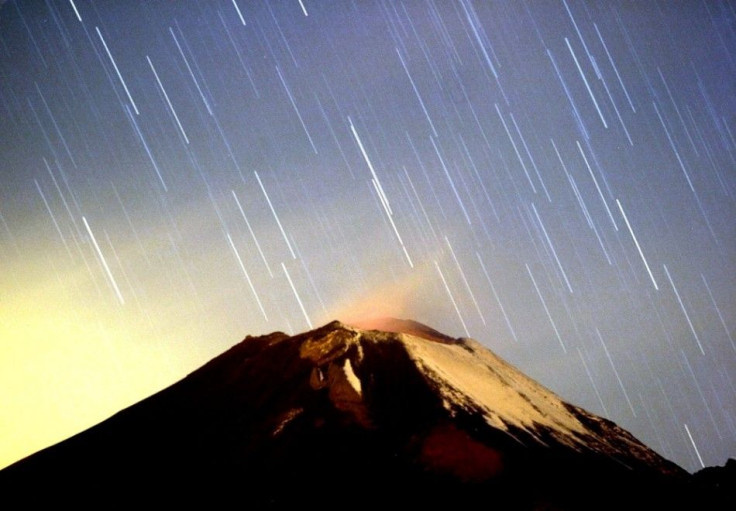Lava From Volcanic Eruptions Triggered By An Asteroid Might Have Killed Dinosaurs, Suggest Scientists

According to a new study, lava from a volcanic eruption in the Indian Deccan Traps—triggered by a massive asteroid—might have killed the dinosaurs. The massive asteroid was believed to have struck Earth nearly 66 million years ago.
The study has been put forward by an international team of researchers. According to the researchers, the asteroid that bumped into the ocean and led to extinction of the dinosaurs, triggered volcanic eruptions across the globe by ringing our planet “like a bell.” The researchers believe that the impact of the asteroid might have led to massive devastation on Earth.
"If you try to explain why the largest impact we know of in the last billion years happened within 100,000 years of these massive lava flows at Deccan, the chances of that occurring at random are minuscule," said researcher Mark Richards from the University of Berkeley.
The researchers argue that the Chicxulub meteor impact led to the massive eruption of lava in the Deccan Traps in India. The scientists say that the incident explains the coincidence between the Deccan Traps eruption and the impact, which has been long believed as an “asteroid impact theory” that caused the end-Cretaceous mass extinction.
According to Live Science, mega-eruptions, covering almost the entire India, led to the formation of the Deccan Traps. The lava continuously erupted for several million years, from different fractures. At the same time, a molten rock appeared from the magma below the Earth's crust. The volcanic lava continued to splurge well before the Chicxulub impact, and continued long after the impact. According to the researchers, the Chicxulub impact might have increased the intensity of the eruptions after it hit.
Discarding the earlier thoughts that the Chicxulub impact melted rock halfway around the Earth, the researchers conclude in the recent research results that seismic waves triggered the outpour of lava. The lava from the volcano thus covered almost the entire India under it and the eruptions lasted for million of years. According to the researchers, the meteor impact was as strong as an earthquake with a 11 point reading on the Richter scale.
"The evidence is circumstantial, but all the arrows keep pointing in the same direction," said Richards.
To report a problem or to leave a feedback on the article, send an emailtoguneet@gmail.com.





















